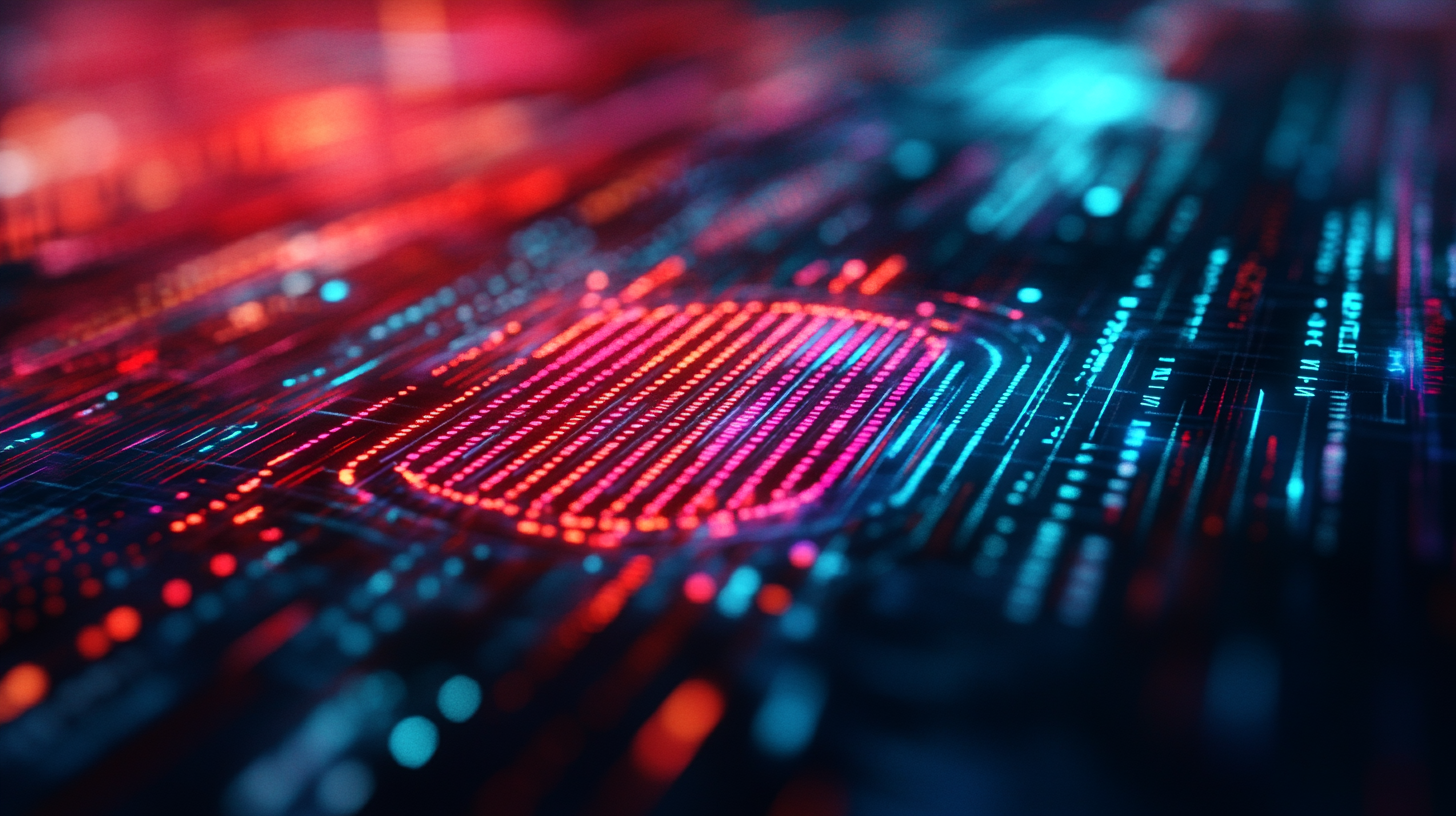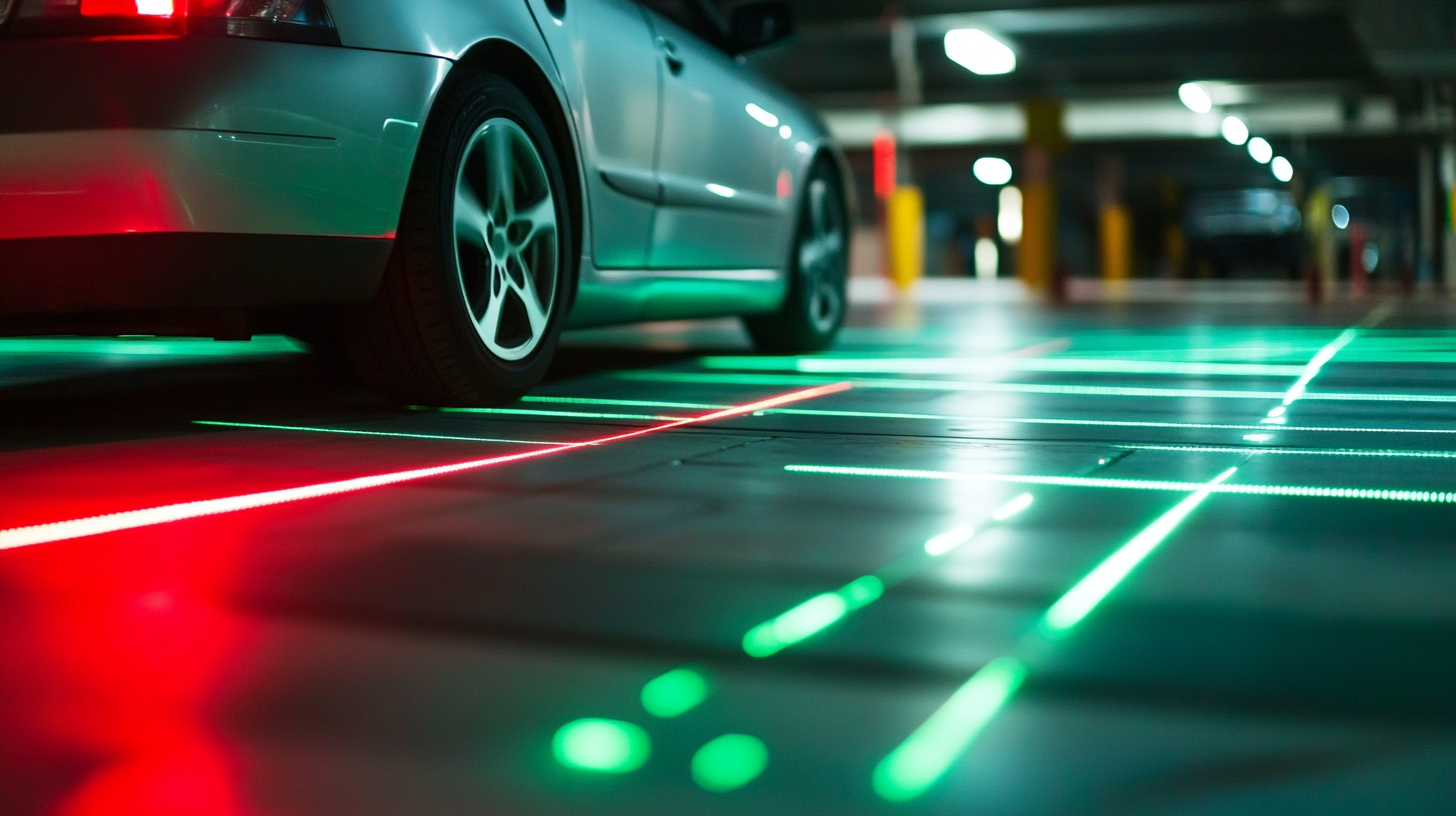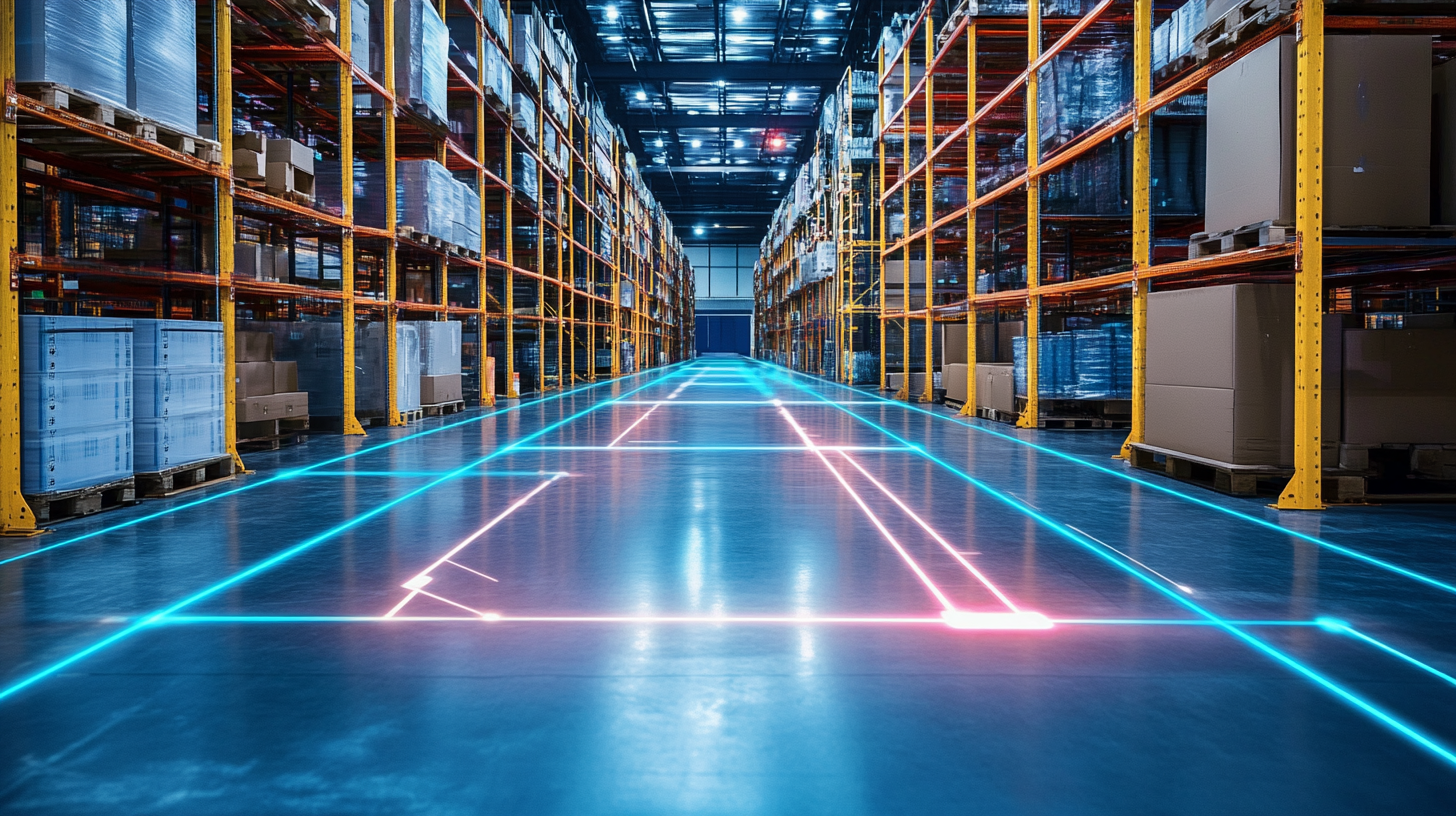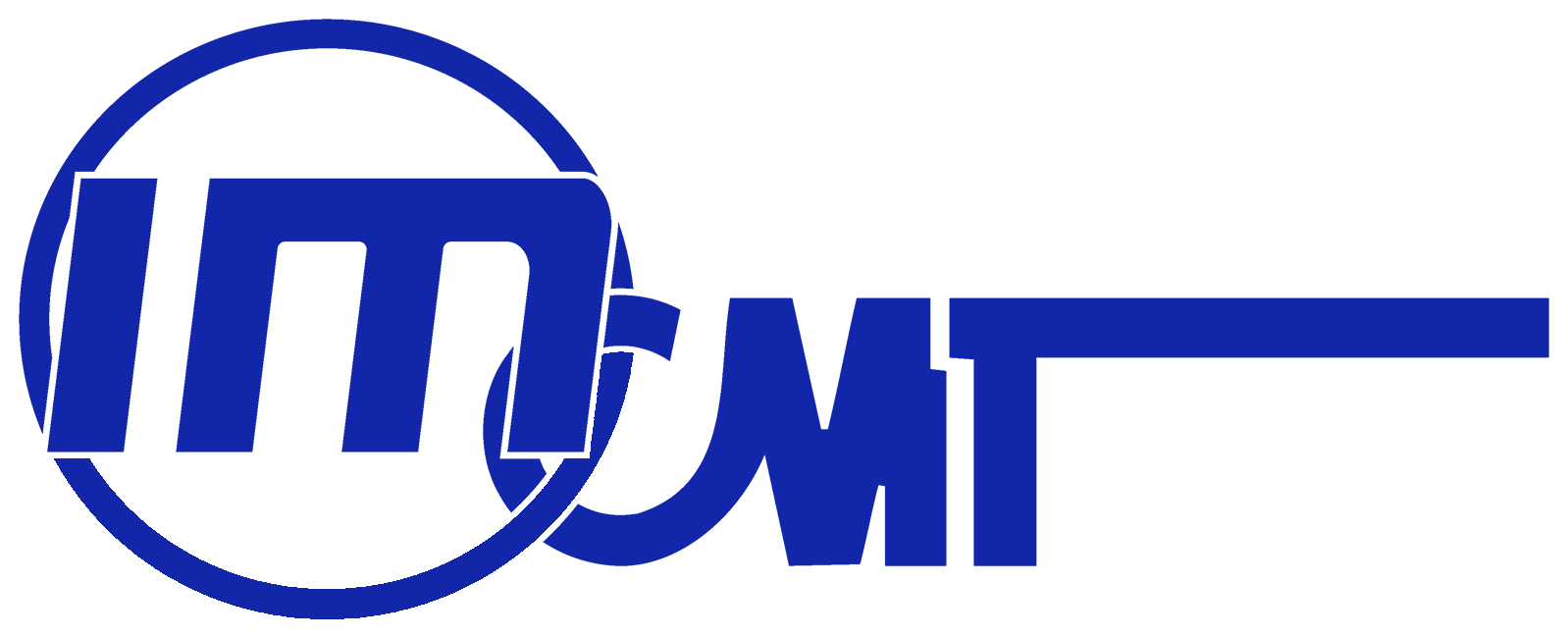Innovative Industrial Marking Systems You Need to Know About
In the rapidly evolving industrial landscape, the importance of precise identification and traceability cannot be overstated. Industrial Marking Systems play a pivotal role in enhancing operational efficiency, ensuring product quality, and maintaining compliance with regulatory standards. As industries embrace automation and advanced technologies, the demand for innovative marking solutions is on the rise. This blog will explore the latest advancements in industrial marking systems that are reshaping how manufacturers operate and compete in a global marketplace.
From laser engraving to inkjet printing, the variety of marking technologies available today offers unique benefits tailored to different applications. Understanding these innovative systems is crucial for businesses seeking to optimize their production processes and improve inventory management. In this post, we will delve into the key features, advantages, and emerging trends in industrial marking systems, equipping you with the knowledge needed to make informed decisions for your operations. Join us as we uncover the cutting-edge solutions that are setting the stage for the future of manufacturing and logistics.

Emerging Trends in Industrial Marking Technologies: A 2023 Perspective
In 2023, industrial marking technologies are experiencing transformative advancements, driven by the need for enhanced efficiency and compliance in manufacturing processes. The global industrial marking market is projected to grow significantly, reaching an estimated value of $5.82 billion by 2026, with a compound annual growth rate (CAGR) of 5.4%, according to a recent market research report. This growth is largely attributed to the increasing demand for product traceability and quality assurance, prompting manufacturers to adopt innovative marking solutions. One of the most notable trends in this sector is the rise of laser marking systems. These systems, which utilize high-powered lasers to etch permanent marks on various materials, are gaining traction due to their precision and adaptability. Reports indicate that the laser marking segment is expected to hold over 35% of the industrial marking market share by the end of 2023. Additionally, the integration of automated marking solutions is on the rise, facilitating faster production lines and minimizing human error. Automation is projected to enhance operational efficiency by up to 30%, significantly impacting the overall productivity of manufacturing processes. Moreover, the move towards eco-friendly marking technologies is becoming increasingly prominent. Companies are now prioritizing solutions that not only meet regulatory requirements but also align with sustainability goals. Water-based ink and biodegradable materials for inkjet marking, for instance, are gaining popularity. Industry experts predict that by 2025, around 50% of new marking technologies will incorporate sustainable practices, reflecting a broader trend towards responsible manufacturing in the industrial sector.

The Role of Automation in Streamlining Marking Processes
In today’s fast-paced manufacturing environment, the integration of automation in marking processes is becoming increasingly critical. Recent reports indicate that automated marking systems can enhance production efficiency by up to 30%, significantly reducing the time and labor costs associated with manual marking methods. By employing automated solutions, businesses can achieve greater accuracy and consistency in their marking operations, which is essential for maintaining product integrity and compliance with industry standards.
One of the most significant advancements in this realm is the use of laser marking technology. According to a study by MarketsandMarkets, the laser marking market is projected to reach USD 3.08 billion by 2025, growing at a CAGR of 5.5%. This technology not only increases the speed of marking but also provides permanent and high-quality marks, which are crucial for traceability in industries such as automotive and electronics. Additionally, automated systems can be easily integrated into existing production lines, offering manufacturers the flexibility to adapt without major overhauls.
Moreover, automation facilitates real-time monitoring and data collection during the marking process. Industry analysts suggest that companies utilizing automated marking systems can reduce defects by as much as 50%, due to improved quality control measures. This level of monitoring ensures that any inconsistencies are promptly addressed, thereby minimizing costly rework or wastage. With the continuing evolution of industrial marking technologies, automation remains a key player in enhancing overall operational performance across various sectors.

Key Materials Used in Modern Industrial Marking Solutions
In the rapidly evolving landscape of industrial marking systems, the choice of materials plays a pivotal role in ensuring durability, readability, and efficiency. A report from the Markets and Markets analysis indicates that the global marking materials market is projected to reach $5.31 billion by 2025, driven by the increasing demand for labeling and identification in various industries, including manufacturing, automotive, and pharmaceuticals. These materials must withstand harsh conditions such as exposure to chemicals, high temperatures, and abrasion, making the selection process critical for operational success.
One of the key materials frequently utilized in modern industrial marking solutions is laser marking inks. These specialized inks are designed for high precision and are capable of creating permanent marks on a variety of substrates, including metals, plastics, and glass. According to a study by Research and Markets, the laser marking equipment market alone is expected to grow at a CAGR of 5.9% between 2020 and 2025, reflecting the increasing adoption of laser technology in marking applications. The benefits of laser marking include reduced wear on tools, lower maintenance costs, and the ability to mark complex designs effortlessly.
In addition to laser marking technology, thermal transfer ribbons play an essential role in producing high-quality, long-lasting prints. These ribbons are used in conjunction with thermal printers and are essential for in-label applications where barcode readability and data integrity are paramount. The global thermal transfer market is anticipated to expand significantly, highlighting the continued importance of advanced materials in supporting the ever-increasing demands for industrial labeling and marking. As industries adapt to newer technologies, the importance of selecting the right materials for marking systems cannot be overstated.

Comparative Analysis of Laser vs. Inkjet Marking Systems
When considering industrial marking systems, two leading technologies often come to mind: laser marking and inkjet marking. Each system has unique advantages and applications that suit different industry needs. According to a report by MarketsandMarkets, the global laser marking market is expected to reach USD 3.9 billion by 2025, driven by advancements in technology and the increasing demand for precision marking in sectors such as automotive and electronics.
Laser marking stands out for its permanence and the high quality of the markings it produces. The ability to mark intricate designs or barcodes on a variety of materials, including metals and plastics, makes laser systems highly versatile. A study by Technavio indicates that the durability of laser markings can be a crucial advantage, with an operational lifespan often exceeding a decade, even in harsh environments. This reliability addresses the need for compliance with stringent regulations across sectors where traceability and quality control are paramount.
On the other hand, inkjet marking systems provide flexibility and speed that are appealing for high-volume production lines. The global inkjet printer market for industrial applications is projected to see significant growth, achieving approximately USD 2.6 billion by 2024 as per a report by Research and Markets. Inkjet systems allow for rapid changes in marking content, making them ideal for applications that require variable data, such as expiration dates or batch numbers. However, while easier to implement, these systems may not offer the same level of durability as laser markings, particularly when exposed to varying environmental conditions.
Impact of Regulatory Compliance on Industrial Marking Systems
The impact of regulatory compliance on industrial marking systems has become increasingly significant in today's rapidly evolving market. As industries innovate and adapt to new technologies, marking systems must also comply with stringent regulations that ensure product safety, traceability, and accountability. For example, the push for advanced automotive technologies, as highlighted by recent legislative developments, underscores the necessity of effective marking systems that convey critical compliance information directly on products.
Regulatory frameworks not only dictate the specifics of marking requirements but also work as catalysts for technological advancements. As industries face mounting pressure to meet compliance standards, there is a growing demand for cutting-edge marking solutions like laser coding and continuous inkjet (CIJ) technologies. These innovations not only improve production efficiency but also enhance the ability to track and verify product origins, a key element in regulatory adherence.
Furthermore, global market trends indicate that the coding and marking sector is poised for substantial growth, driven by both the increasing complexity of regulatory landscapes and the necessity for more innovative solutions. The anticipated market expansion reflects the dual need for compliance and advanced technologies, positioning the marking systems as a vital component of industry operations in the face of evolving regulations.

